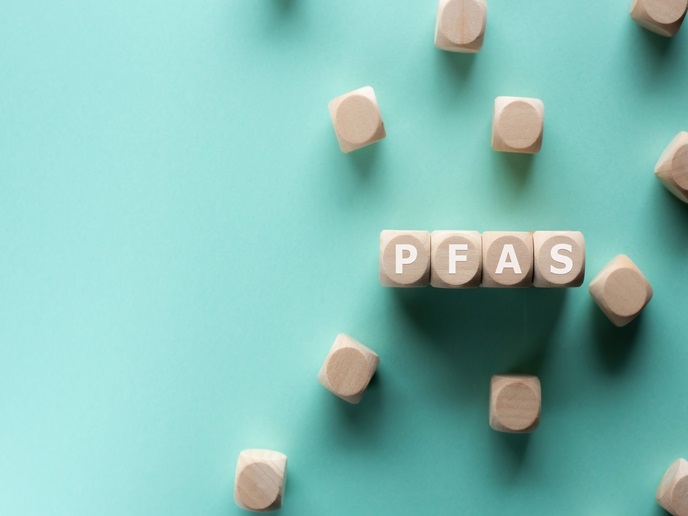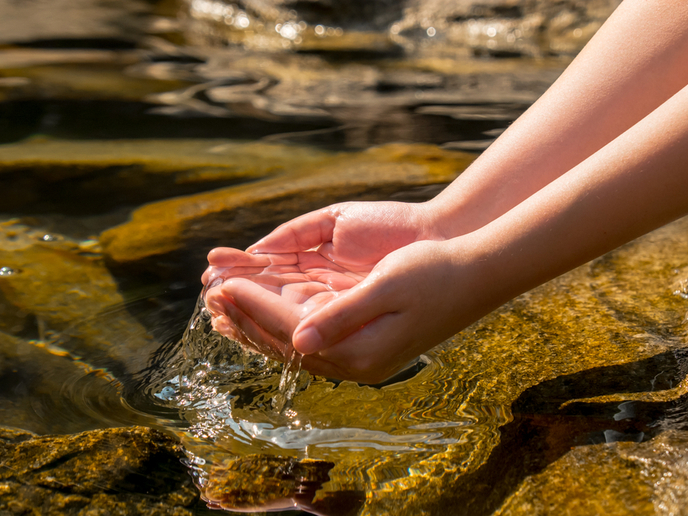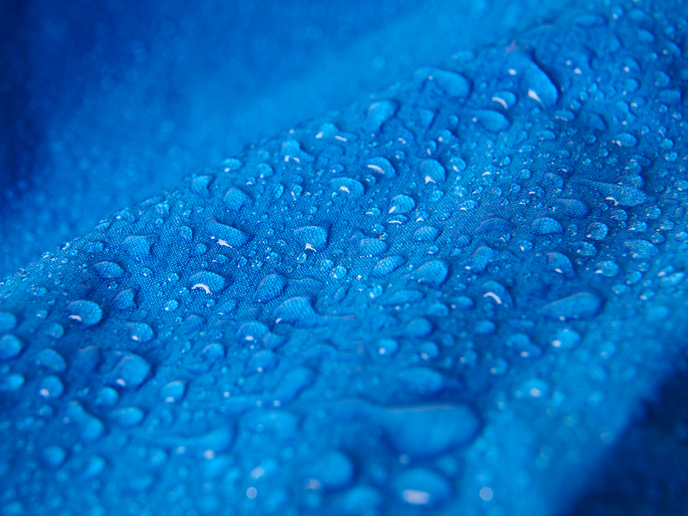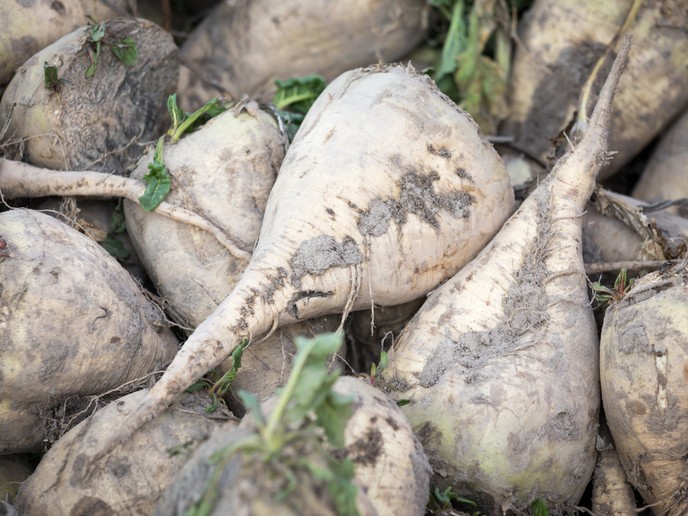Beyond PFAS: safer coatings for EU consumer products
As the EU prepares to tighten regulations on per- and polyfluoroalkyl substances (PFAS) in 2026, the race is on for safer alternatives. ZeroF brings together 12 research and industry partners from nine countries, coordinated by Finland’s leading research centre VTT. Their aim is to develop safe and sustainable PFAS-free coatings for food packaging and upholstery textiles, maintaining the beneficial properties of traditional coatings. “We need solutions that perform just as well as PFAS, without the risks,” says Miika Nikinmaa, lead of biomaterial solutions at VTT. “The industry has to adapt quickly to upcoming regulations to ensure safety and performance remain uncompromised.”
Frameworks and outcomes
ZeroF uses the safe and sustainable by design framework (SSbD) of the Joint Research Centre (JRC) to develop materials, optimise formulations and assess safety, performance and sustainability. This approach ensures that the developed coatings are effective, environmentally friendly, safe and compliant with regulatory standards. The project focused on creating organic-inorganic hybrid coatings for textiles and advanced barrier solutions for moulded packaging. Researchers have improved the water resistance of PFAS-free textiles and are exploring innovative chemistry to enhance oil repellence. So far, the team has made significant progress in developing PFAS-free coatings for textiles and packaging, including a product named ORMOCER®, and carbohydrate fatty acid ester-based coatings demonstrating excellent water and oil resistance. ZeroF has eliminated harmful solvents, replaced hazardous catalysts and optimised formulations with advanced additives and polymers to guarantee strong performance and safety. Spray and powder coating techniques were refined to support industrial-scale production. Life cycle assessments and consumer surveys offer insights into sustainability and market potential, supporting real-world application of ZeroF’s innovations.
Collaborative efforts
Replacing PFAS is not easy, and achieving strong water and grease repellence while keeping costs reasonable was a key challenge. ZeroF aims to reduce environmental impact by 25 % while keeping cost increases for consumers under 20 %. Additionally, gaps in safety data for PFAS alternatives and the limited applicability of existing assessment tools complicated the research process. “The lack of comprehensive safety data made it difficult to fully assess PFAS alternatives,” Nikinmaa notes. “We needed a stronger database to guide development and establish regulatory compliance.” ZeroF’s success so far is also thanks to its collaboration with other EU-funded initiatives, such as BIO-SUSHY, PROPLANET and TORNADO. Participation in ECOSYSTEX also provides a valuable network for sharing knowledge, while close cooperation with SSbD networks such as IRISS maintains alignment with safe and sustainable by design principles at every stage of development.
A safer future
The newly developed barrier coatings are on track for commercial production, particularly in the moulded packaging sector. In textiles, researchers are refining oil and chemical resistance to expand applications into areas such as protective clothing. To further raise awareness, a dedicated campaign is being launched in 2025, highlighting the benefits of PFAS-free solutions. “It isn’t just about regulations; we want consumers and businesses to understand why switching to safer alternatives matters,” adds Nikinmaa. This will culminate in a final event in October 2025, showcasing the project’s findings and paving the way for wider adoption. As the project concludes in December 2025, the final phase will explore biodegradability for packaging applications and sustainable end-of-life solutions for textiles to prevent long-term environmental damage. This ensures that safer alternatives are accessible and practical for widespread adoption.
Keywords
ZeroF, safe and sustainable by design, SSbD, PFAS, water and oil resistance, regulatory standards







